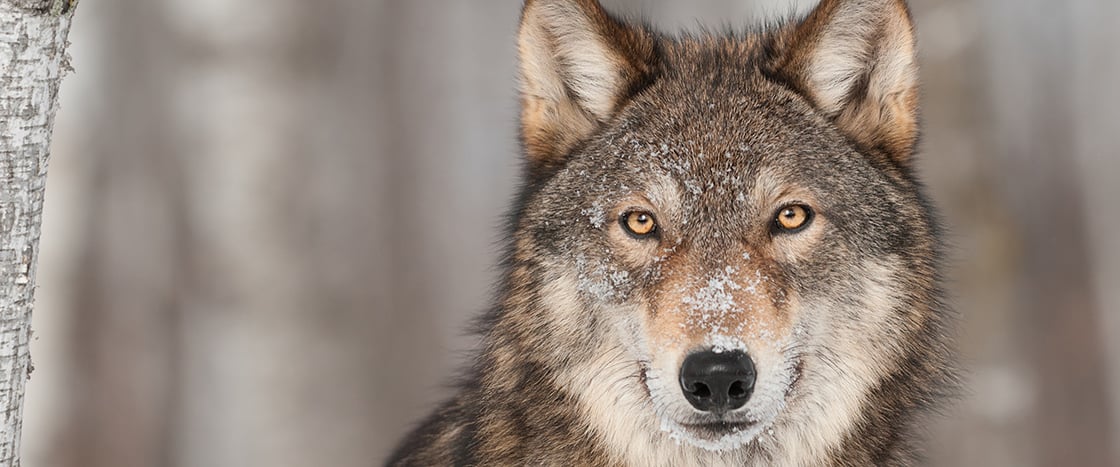Imagine you are a gray wolf in the Montana wilderness. You are one of the most feared predators on Earth. Your razor-sharp teeth can rip through skin and crush bone. You can sniff out a deer from a mile away. Animals many times your size flee in terror when they see you.
You aren’t just any wolf either. You are the alpha of your pack. That means you are the leader. You decide when the pack eats and when the pack travels. You also decide when the pack hunts.
Your kills are as dramatic as a scene in an action movie. You will stalk a group of elk for days and days before choosing one to eat. When you’re ready to strike, you and your pack move together in a deadly dance. You chase the elk until it’s alone and exhausted. And then—you pounce. You and your pack mates clamp on to the elk’s neck and legs with your powerful jaws, until at last the animal collapses.
You and your pack then begin to feast, your faces turning red with blood.
As a wolf, you are what is called an apex predator—an animal at the very top of the food chain. But there is one creature that fills your heart with fear.
Humans.
For hundreds of years, humans in America have hunted, poisoned, and trapped your kind. They have driven you almost to extinction.
And they aren’t finished with you yet.
Imagine you are a gray wolf in the Montana wilderness. You are one of the most feared predators on Earth. Your teeth can rip through skin and crush bone. You can sniff out a deer from a mile away. Animals many times your size run away in terror when they see you.
You aren’t just any wolf either. You are the alpha of your pack. That means you are the leader. You decide when the pack eats and when the pack travels. You also decide when the pack hunts.
Your kills are as dramatic as a scene in an action movie. You will stalk a group of elk for days before choosing one to eat. When you’re ready to strike, you and your pack work together. You chase the elk until it’s alone and exhausted. And then you pounce. You and your pack mates grab on to the elk’s neck and legs with your powerful jaws until the animal collapses.
You and your pack then begin to feast. Your faces turn red with blood.
As a wolf, you are an apex predator—an animal at the very top of the food chain. But there is one creature that fills you with fear.
Humans.
For hundreds of years, humans in America have hunted, poisoned, and trapped your kind. They have driven you almost to extinction.
And they aren’t done yet


